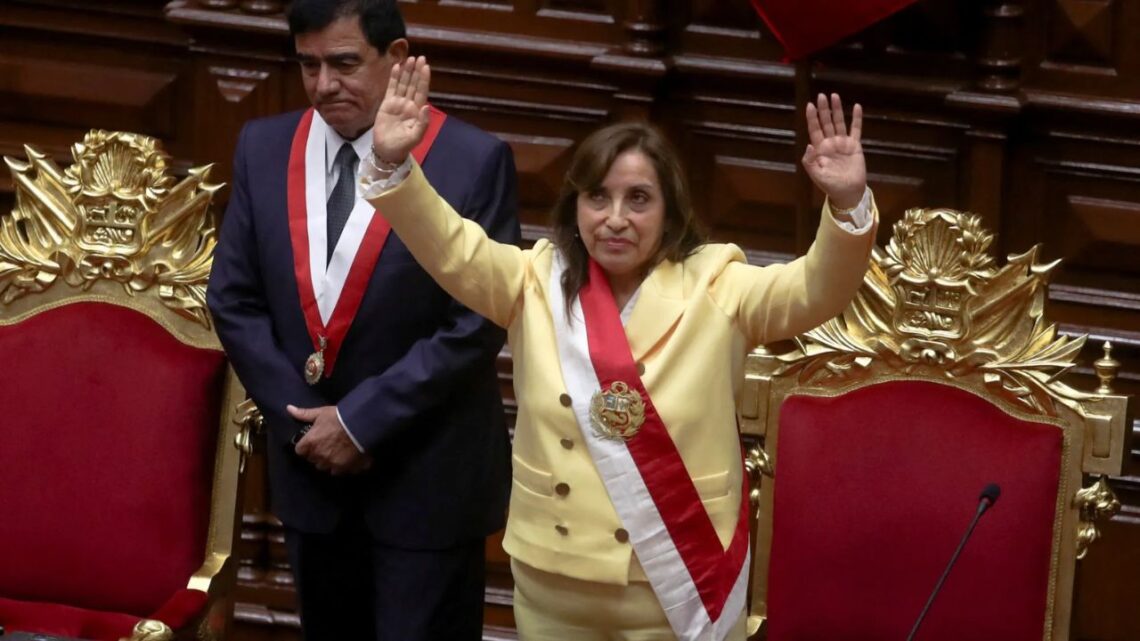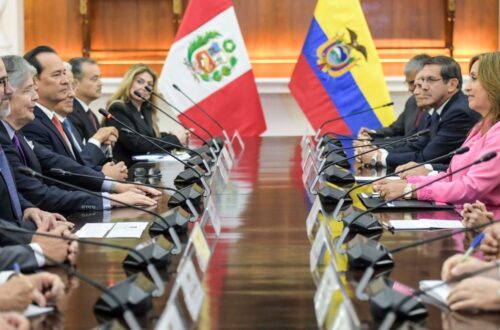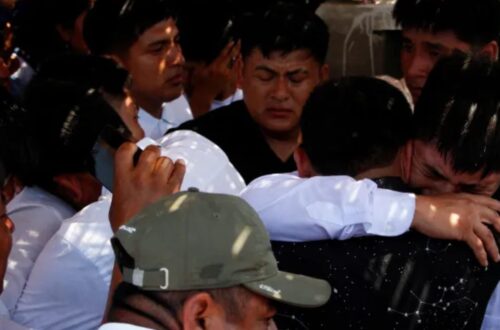Peru’s political landscape has entered a decisive moment. Congress voted to initiate an impeachment trial against President Dina Boluarte, surpassing the threshold required to open debate.
Though this vote does not immediately remove her from office, it sets in motion a constitutional process that could culminate in her ouster—if 87 of 130 lawmakers agree in a final vote.
What Congress Did
Lawmakers admitted and consolidated four separate motions for impeachment, each premised on what opponents call failures in managing public safety, crime surges, and other governance shortcomings.
By bundling these motions, Congress efficiently crossed the minimum support needed to proceed. With this first hurdle cleared, the proceeding now transitions to a trial and debate phase.
President Boluarte will be given the chance to present her defense before Congress, and then a final decision must be voted on by the full chamber.
The Driving Factors
Surge in Crime
One of the most cited reasons behind the impeachment push is Peru’s worsening security situation.
Homicides, extortion complaints, and violent crime have risen sharply in 2025, fueling public outrage and eroding confidence in the government’s capacity to protect citizens.
The spark was a deadly shooting at a concert in Lima, attended by thousands. That incident became a symbol of perceived state inaction and galvanized political momentum across party lines.
Political Fragility & Low Approval
President Boluarte’s approval ratings have hovered in the low single digits, reflecting deep public discontent.
In recent months, even political groups that had previously resisted impeachment have shifted course, seeing no political advantage in defending an administration that appears vulnerable.
As elections approach next April, alliances and votes may be influenced heavily by electoral calculations.
Changed Political Bloc Dynamics
Past impeachment attempts often relied on fragmented alliances and struggled to secure cross-block consensus.
This time, centrist and conservative parties—some of which once defended the executive—have joined the move to impel a trial.
That broad alignment increases the odds of momentum, though the final vote remains uncertain.
Key Facts at a Glance
| Metric / Item | Detail |
|---|---|
| Impeachment motions admitted | 4 |
| Next step | Trial, presidential defense, congressional debate |
| Votes needed for removal | 87 out of 130 |
| Crime trends | Rising homicides, extortion, violent incidents |
| Trigger event | Lima concert shooting |
| Political shift | Cross-block support for impeachment |
| Presidential popularity | ~2–4 % (very low) |
| Upcoming election | National elections in April 2026 |
What Happens Next?
- Formal Notice & Scheduling: Congress issues official notification and sets a date for hearings.
- Defense & Debate: President Boluarte or representatives respond, followed by floor debate.
- Final Vote: Lawmakers cast their ballots. If 87 or more favor removal, Boluarte is ousted immediately and constitutional succession rules take effect.
If she survives the vote, the trial ends and she remains in office, albeit under heavy scrutiny.
Either way, the process and political jockeying leading up to the vote will dominate Peruvian politics.
Broader Implications
- Security expectations: The government must now deliver immediate results in tackling crime, extortion, and violent networks, or risk further erosion of legitimacy.
- Political instability: Peru has seen frequent presidential turnover lately; another forced change would raise questions about institutional consistency.
- Impact on governance & investment: Uncertainty around leadership could slow reforms, contracts, mining, and infrastructure decisions as players wait for clarity.
Peru’s Congress has just crossed the first constitutional threshold to put President Dina Boluarte on trial.
The decision signals a dramatic shift in political alignment and public sentiment driven by escalating insecurity and outrage.
As the trial, debate, and final vote loom, the nation watches closely: either Boluarte faces removal with 87 or more votes behind it, or she continues in office—but under unprecedented pressure to deliver meaningful change.









